We all know that some plants are resilient.
They can withstand all sorts of harsh conditions and still manage to grow and thrive. These plants have come to symbolize resilience, and they can teach us a lot about how to overcome adversity and thrive in spite of difficult circumstances.
A plant that symbolizes resilience is the cactus. Cacti are able to survive in extremely hot and dry conditions. They are a reminder that even in the most challenging environments, it is possible to thrive.
The cactus is a plant that is often seen as a symbol of survival and adaptability. This is because the cactus is able to survive in some of the harshest conditions, such as in the desert. The cactus is also able to adapt to its environments, such as by growing in different shapes and sizes.

There are also many plants that are able to adapt to their environment in order to survive. For example, some plants are able to change the color of their leaves in order to blend in with their surroundings. This helps the plant to avoid being eaten by predators.
Plants have many ways of surviving in harsh conditions and adapting to their environment. This is why plants are such an important part of our world.
The Benefits Of Resilient Plants
There are many benefits to resilient plants.
- Resilient plants are able to adapt to changes in their environment. This means that they can survive in a wide range of conditions and are less likely to be affected by changes in the weather or climate.
- Resilient plants are also often more disease-resistant. That is, they are less likely to be affected by pests or diseases, and can help to keep your garden healthy.
- Resilient plants can also help to improve the soil in your garden. They can add nutrients and organic matter, which can help to improve the drainage and structure of the soil. This can, in turn, help to improve the health of your plants.
The Different Types Of Resilient Plants
There are many different types of plants that are resilient and can adapt to different conditions. Some of these plants are cacti, succulents, and bromeliads.
-
Cacti
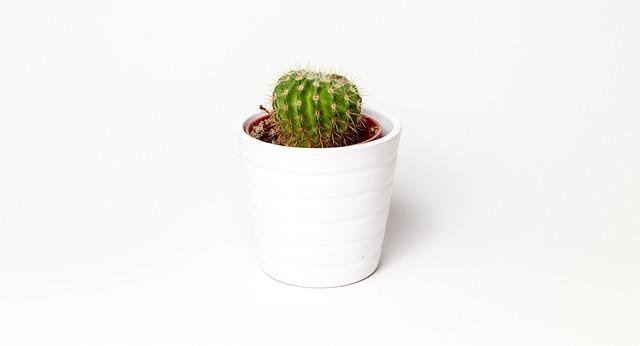
Cacti are a type of plant that is very resilient and can adapt to dry and hot conditions. They are native to the Americas and can be found in deserts, scrublands, and grasslands. Cacti have thick, fleshy stems that store water and often have spines that help protect them from predators.
-
Succulents
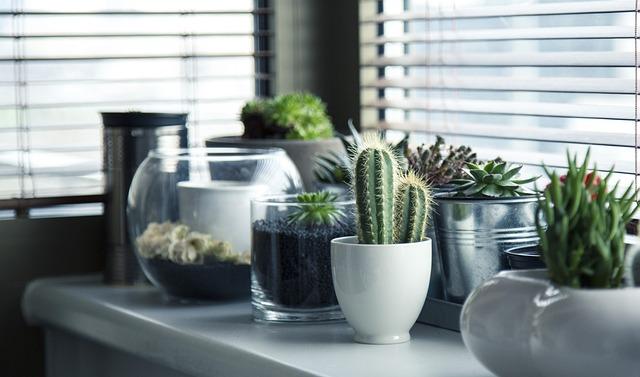
Succulents are another type of plant that is very resilient. They can adapt to dry conditions and can be found in deserts, scrublands, and grasslands. Succulents have thick, fleshy leaves that store water and often have spines that help protect them from predators.
-
Bromeliads
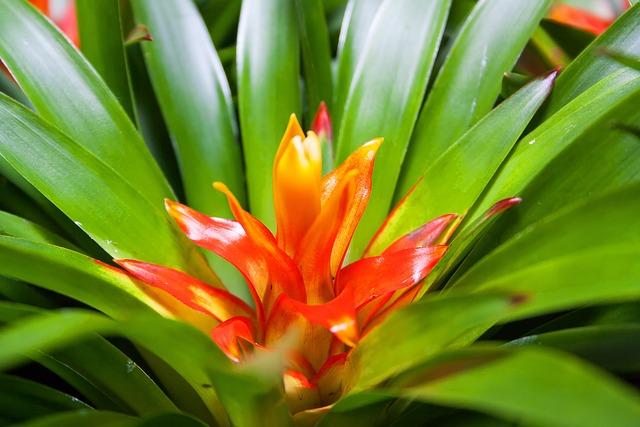
Bromeliads are a type of plant that is native to the tropics. They can adapt to wet conditions and can be found in rainforests and cloud forests. Bromeliads have thick, fleshy leaves that store water and often have spines that help protect them from predators.
-
Peace Lily
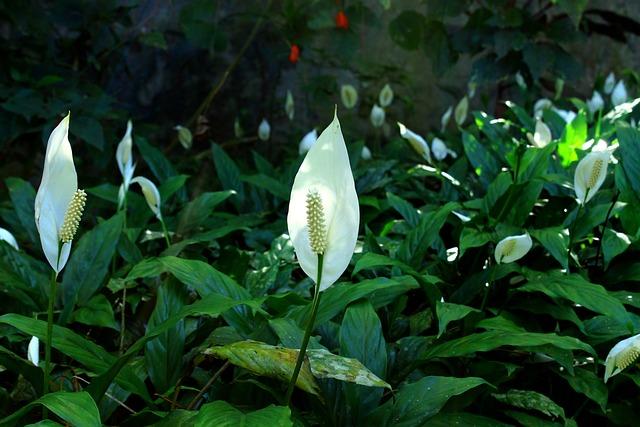
The peace lily is a beautiful plant that is also very tough. These plants can tolerate low light and neglect, making them a great choice for busy people. Peace lilies are also known for their ability to filter out harmful toxins from the air, making them a great way to improve the quality of your indoor air.
-
Dracaena
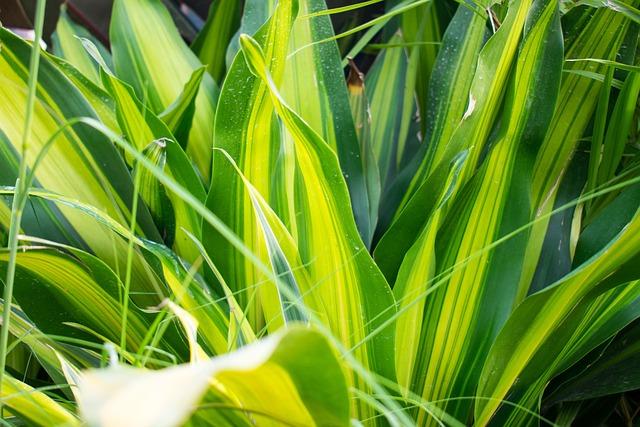
Dracaena is a large family of plants that includes many different species. These plants are known for their ability to tolerate low light and neglect. Dracaena is also known for its air-purifying properties, making them a great choice for improving the quality of your indoor air.
-
Spider Plant
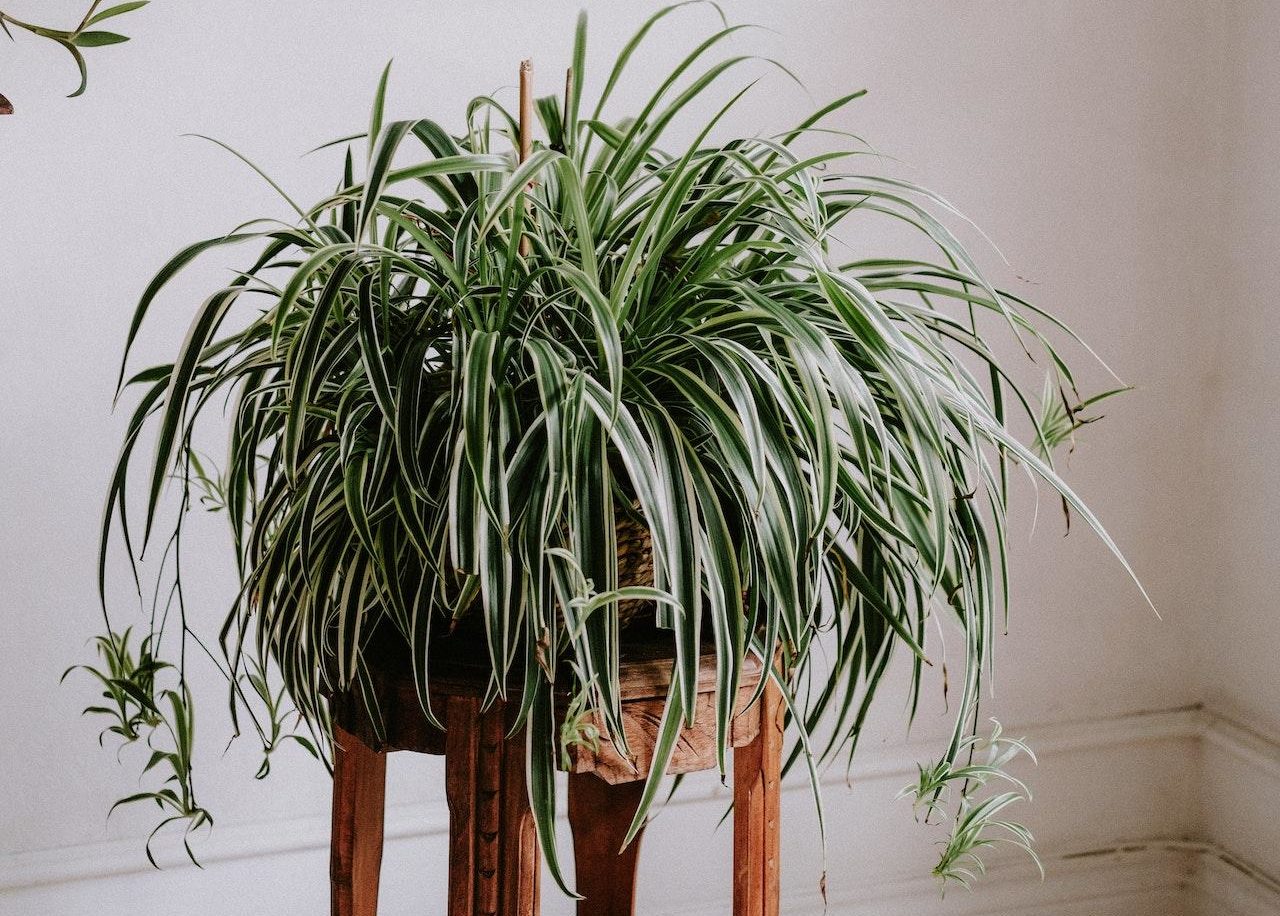
Credit: Pexels
The spider plant is another hardy plant that is perfect for those with busy lifestyles. These plants are known for their ability to tolerate low light and neglect. Spider plants are also known for their air-purifying properties, making them a great choice for improving the quality of your indoor air.
- Snake Plant
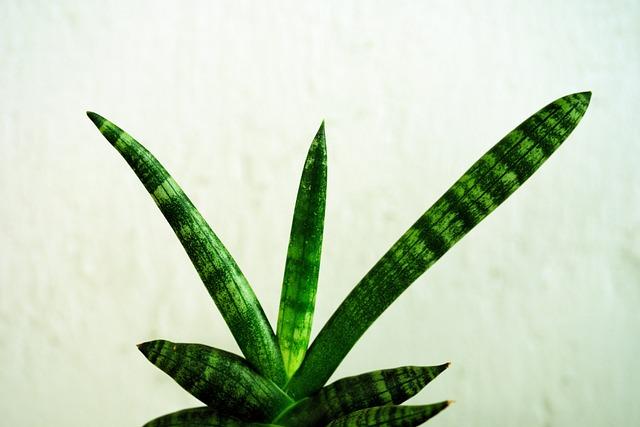
Also known as the mother-in-law’s tongue, the snake plant can withstand just about anything. It’s a great choice for beginners, as it’s very easy to care for. Snake plants are also known for their air-purifying properties, so they’re a great way to improve the quality of your indoor air.
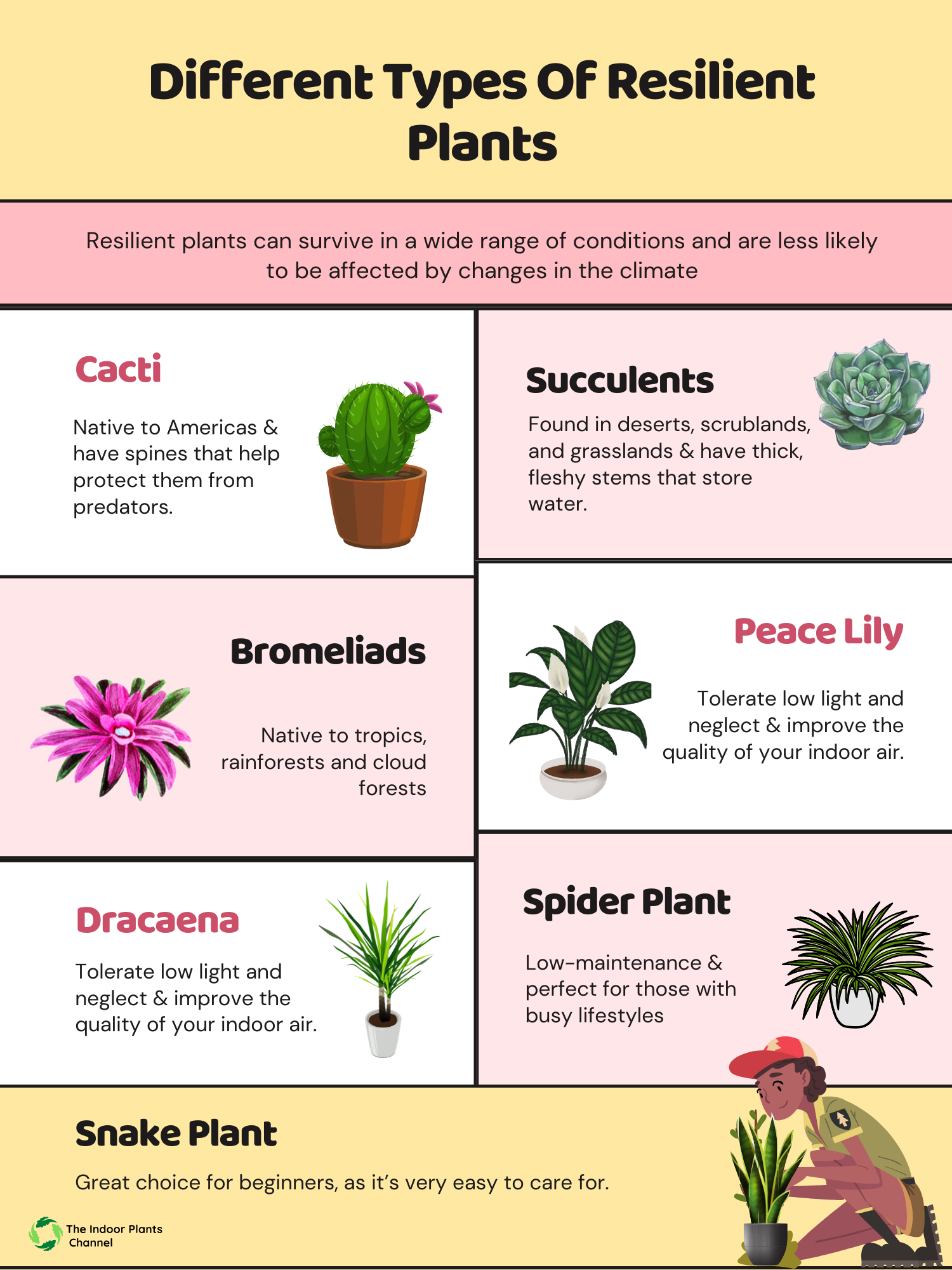
How To Care For Resilient Plants
It is important to remember that resilient plants are not indestructible. They still need proper care in order to thrive. Here are some tips on how to care for resilient plants:
- Water them regularly. Resilient plants can withstand periods of drought, but they still need water to survive. Make sure to water them regularly, especially during dry spells.
- Fertilize them. Just like any other plant, resilient plants need nutrients to grow. Use a high-quality fertilizer to give them a boost.
- Prune them regularly. Resilient plants can tolerate being pruned, so don’t be afraid to trim them back. This will help them stay healthy and look their best.
- Protect them from pests. Resilient plants can be more susceptible to pests and diseases than other plants. Be sure to check them regularly for any signs of problems.
- Give them plenty of sunlight. Resilient plants need plenty of sunlight to thrive. Make sure they are getting at least six hours of direct sunlight each day.
The Worst Enemies Of Resilient Plants
There are many enemies of resilient plants, but some are worse than others.
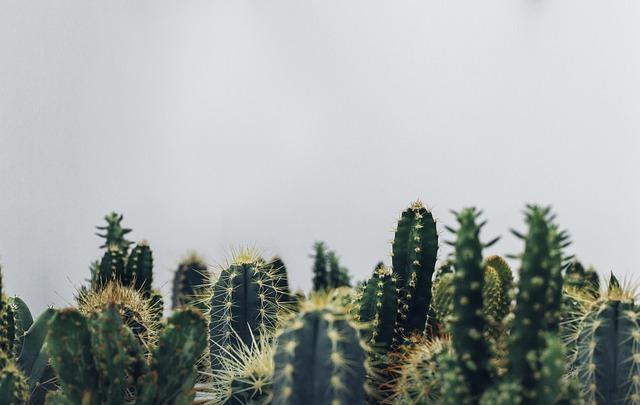
Here are three of the worst enemies of resilient plants:
-
Poor Soil Conditions
One of the worst enemies of resilient plants is poor soil conditions. This can include too much or too little water, poor drainage, compacted soil, and more. Poor soil conditions make it difficult for plants to get the nutrients they need, and can also lead to root rot and other problems.
-
Pests and Diseases
Pests and diseases are other enemies of resilient plants. These can include things like aphids, caterpillars, fungi, and more. Pests and diseases can damage leaves, stems, and roots, and can also kill plants.
-
Extreme Weather
Extreme weather is also an enemy of resilient plants. This can include things like drought, frost, and high winds. Extreme weather can damage leaves, stems, and roots, and can also kill plants.
Bonus Tips
- Put it in a spot where it will get plenty of light so it can thrive.
- Give it regular watering and care for it so it can grow strong.
- Use it as a reminder to be resilient in your own life no matter what challenges come your way, know that you can overcome them.
- Share your plant with others as a symbol of hope and resilience.
Frequently Asked Questions
-
What is a plant that symbolizes resilience?
A plant that symbolizes resilience is a plant that is able to withstand difficult conditions and still thrive. This can be due to the plant’s hardiness, its ability to adapt to its environment, or its ability to bounce back after being damaged.
-
What are some examples of plants that symbolize resilience?
There are many plants that symbolize resilience, but some examples include the cactus, the lotus, and the bamboo. Each of these plants is able to withstand harsh conditions and still grow and thrive.
-
Why do plants that symbolize resilience matter?
Plants that symbolize resilience matter because they can teach us about strength and perseverance. When we see a plant that has been through a lot but is still standing tall, it can inspire us to keep going even when things are tough.
-
What can we learn from plants that symbolize resilience?
We can learn that it is important to be adaptable and to keep going even when things are tough. We can also learn that even when we are damaged, we can still grow and thrive.
Conclusion
The cactus is a plant that has been able to adapt to some of the harshest conditions on Earth. It is a symbol of survival and adaptability, and it can teach us a lot about how to thrive in difficult situations. When we see a cactus, we should be reminded that no matter how tough things get, we can always find a way to survive and thrive.
Michelle Wilde
Related posts
![]()
About Michelle Wilde
Michelle Wilde is a stay-at-home mom and avid plant lover. Armed with a post-graduate degree in Computer Science (no kidding!), she loves researching plants and landscapes. When she is not caring for her 4 kids, she spends time on her passion for plants. She blogs at www.indoorplantschannel.com, the trusted source for indoor plants.
Learn more
Subscribe
* You will receive the latest posts and updates about indoor plants!
Search
Recent Posts
Categories
- Beginner Guides (10)
- FAQ (206)
- General (2)
- How-To Guides (212)
- Indoor Plants (214)
- Pest Management (2)
- Plant Problem Solutions (4)
- Seasonal Growing (2)
- Specialized Environments (2)
- Specific Plant Care (3)
- Technical Growing (2)